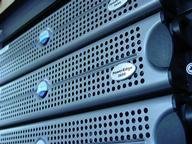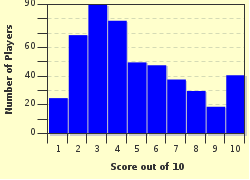Quiz Answer Key and Fun Facts
1. When you look at a processor, you normally see a plastic or ceramic case with metal pins and possibly other metal parts. However, the active component inside is made of a different material - which one?
2. A processor executes elementary instructions written in machine language. In this language, instructions are represented by numbers and are carried out on data words (essentially also numbers). Which of the following tasks can NOT be expressed in a single machine language instruction?
3. The processors you can find in a modern PC are often referred to as dual core or even quad-core. This means what?
4. In the context of CPU architecture, what does the term "register" mean?
5. Processors include built-in memory areas called caches that mirror certain parts of the computer's main memory to increase speed. When a processor tries to read a memory cell, but does not find that cell reflected in the cache, what is this event called?
6. Which feature apart from a cache that is absolute standard in today's processors was only available on a separate chip in the early PCs?
7. No processor would be able to function without some internal flags. The most important flags within a CPU are the zero and the carry flag. Which of the following describes the carry flag?
8. One of the most important performance-enhancing concepts of a modern processor is called speculative execution. What other concept is this tightly associated with?
9. Which of the following is something a CPU does after being powered up, before it starts executing instructions?
10. The many pins on a CPU carry a lot of different electrical signals. For reference purposes, each of these pins has a short designation like GND, RST or A20. Which signal is transferred through the VSS pin? (Hint: It is the same function that was called GND on older processors)
Source: Author
WesleyCrusher
This quiz was reviewed by FunTrivia editor
crisw before going online.
Any errors found in FunTrivia content are routinely corrected through our feedback system.

